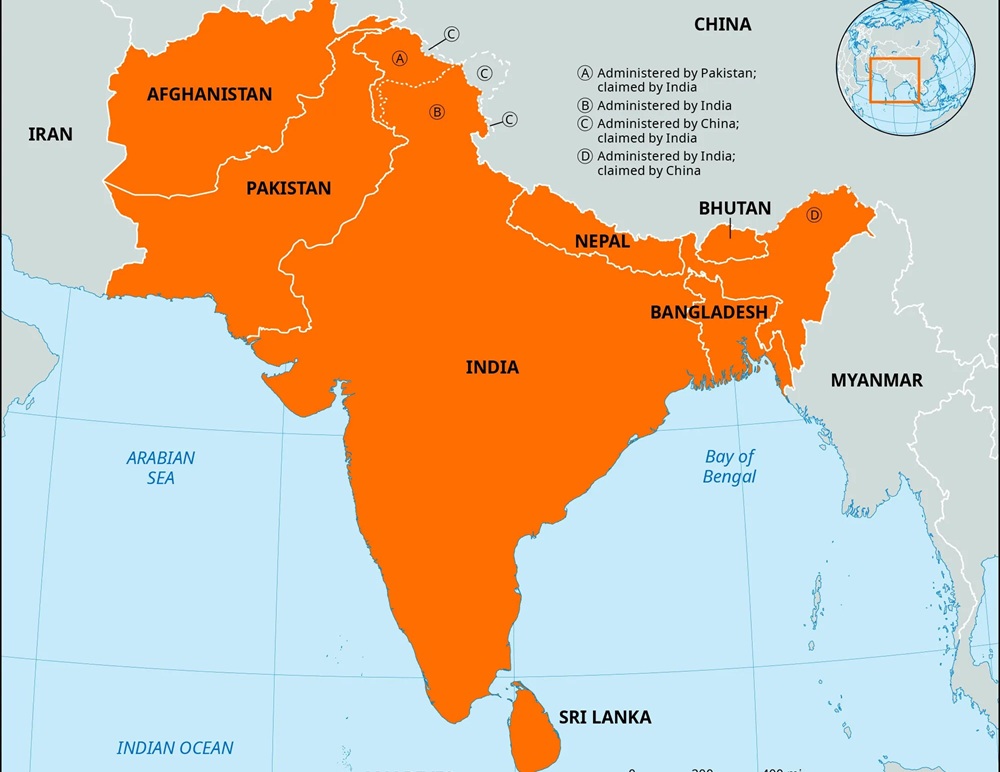Airlines received a large number of hoax threats during October and November last year. The hoax callers have mainly targeted Air India, IndiGo, Akasa Air, Vistara, SpiceJet, Star Air and Alliance Air. Some threats were sent via social media and emails. The Government has launched crisis management efforts after over 130 hoax calls in nine days. Tracking and nailing down hoaxers presents a challenge as there are no legal provisions dealing only with hoax calls including bomb threats. An estimated loss of Rs 600 crore was recorded by airlines and authorities are considering stricter laws and penalties to deal with such threats more effectively in future.
Introduction
With the widespread deployment and use of information communication technologies such as social media, print media, and the top (OTT) services, “information” can be accessed or even received without consent. The volume of information has increased so much that at times it is difficult to differentiate right from wrong. Some of the information can cause harm to individuals and society at large intentionally or unintentionally. UNESCO has divided harmful information into three categories-
- Mal-information: Information that is based on reality, but used to manipulate, mislead or inflict harm on a person, social group, organization or country.
- Disinformation: False Information and the person who is disseminating it knows it is false. It is a deliberate lie and is created to harm a person, social group, organisation or country. The identity and interest of the creator are hidden.
- Misinformation: Misinformation is false information, but the person who is disseminating it believes that it is true. The most common would be WhatsApp forward which we believe is true and share it with others.
The dependency on the Internet and online platforms for news and information is continuing to increase. Information (both right and wrong) has been created and is spreading around in great numbers, starting “infodemics” a term which refers to an overabundance of information, both online and offline. This includes deliberate attempts to disseminate wrong information to undermine the public response and advance alternative agendas of groups or individuals. Several countries and private sector companies have developed comprehensive strategies to counter this.
The online information environment enables the global exchange of information and ideas, but it also contributes to the proliferation of disinformation. Online platforms operate at a scale where human-based content moderation to counter disinformation is impractical or at least very expensive and where purely technical solutions are challenging because the content is often context-dependent. The speed, scale, and complexity of this ecosystem suggest that solutions are needed that consider the global nature of disinformation and effectively blend technical and human capabilities.
Combating Misinformation
Effectively combatting dis- and misinformation remains a pressing contemporary issue, with various remedies posited by jurists, academics, and activists. The problem lies in –
- Rush to publish first
- Thoughtless re-transmission or forwarding of information
- Promotion of ‘click’ or viral journalism
- Lack of ethics, checks and balances
- Quality, accuracy and standards are not being adhered to
- Promoting sensational stories
- Flourishing malpractices.
There is a fine line between seeking legitimate ways to combat the spread of dis- and misinformation online and violating the right to freedom of expression.
Statistics
Disinformation is a truly global problem, extending beyond the political sphere to all aspects of information, including climate change, entertainment, aviation etc. In India,
- From 2018 to 2023, 330 hoax bomb threats were sent, whereas in 2024 alone 667 hoax calls /bomb threats were sent to various places. These figures do not include threats to flights.
- As per the Ministry of Civil Aviation, a total of 999 threats were sent to airlines out of which 666 hoax calls /threats were in Oct 2024 alone.
- More than 95% of these threats were sent by email.
Responses by Other Nations
The global picture is evolving daily, particularly with responses from individual States – many of which are considering regulation and legislation to tackle the problem. The tech giants, too, have stepped up efforts to try to engineer disinformation and misinformation off their platforms. The European Commission produced a report based on an inquiry, amid concerns that disinformation and misinformation are harmful to all of society. Regarding legislation, Germany moved first with a new law to fine digital platforms heavily if they do not remove ‘illegal content’, including ‘fake news’ and hate speech, within 24 hours of being reported. Other countries like France, Australia, Brazil, the UK, Indonesia and India followed soon. While others are suspicious about the move and argue that it will curtail freedom of expression.
The hoax bomb threats to aviation cause-
- Disruption and delays in the airline network
- Increased cost of operations
- Delayed flights for passengers
- Congestion at airports
- Increased security concerns
- Enhanced and costly security measures at the airport
Conclusion
Following the high number of bomb threats to aviation, the procedure for determining the severity of threats was adjusted to ensure more efficient functioning by Bomb Threat Assessment Committees in different airports. Additionally, the Aircraft (Security) Rules, 2023 was amended in December to fix a fine amount of 1 crore rupees for those who sent hoax threats. Honesty is the best policy and silence is the second most. So if you are not sure, seek more information, check facts, verify sources and get to the truth.
Title Image Courtesy: https://www.nationaldaycalendar.com/
Disclaimer: The views and opinions expressed by the author do not necessarily reflect the views of the Government of India and Defence Research and Studies

Reference
Advisory No 2(6)/2024-CL&DG dated 25 Oct 2024, https://pib.gov.in/PressReleasePage.aspx?PRID=2068522.









